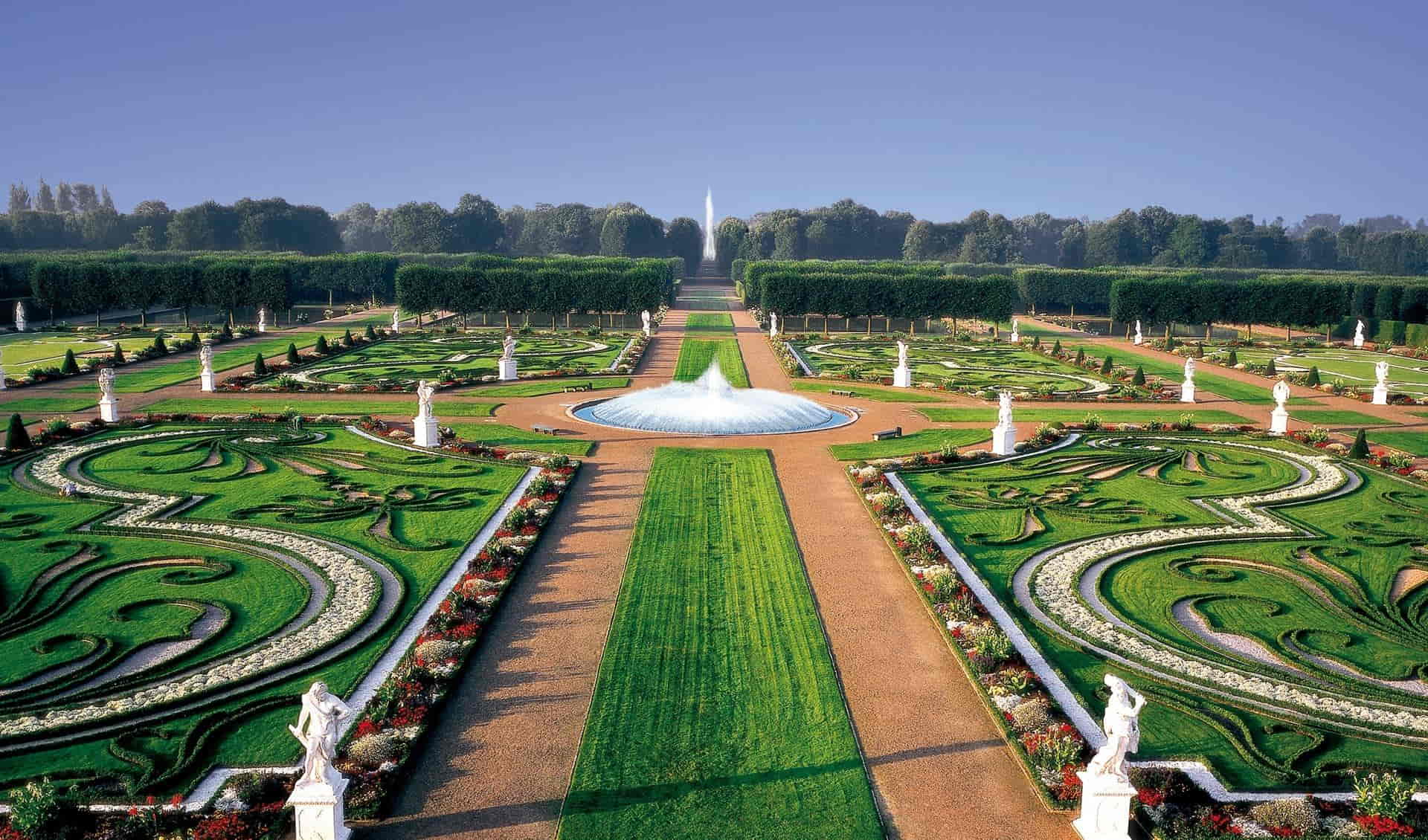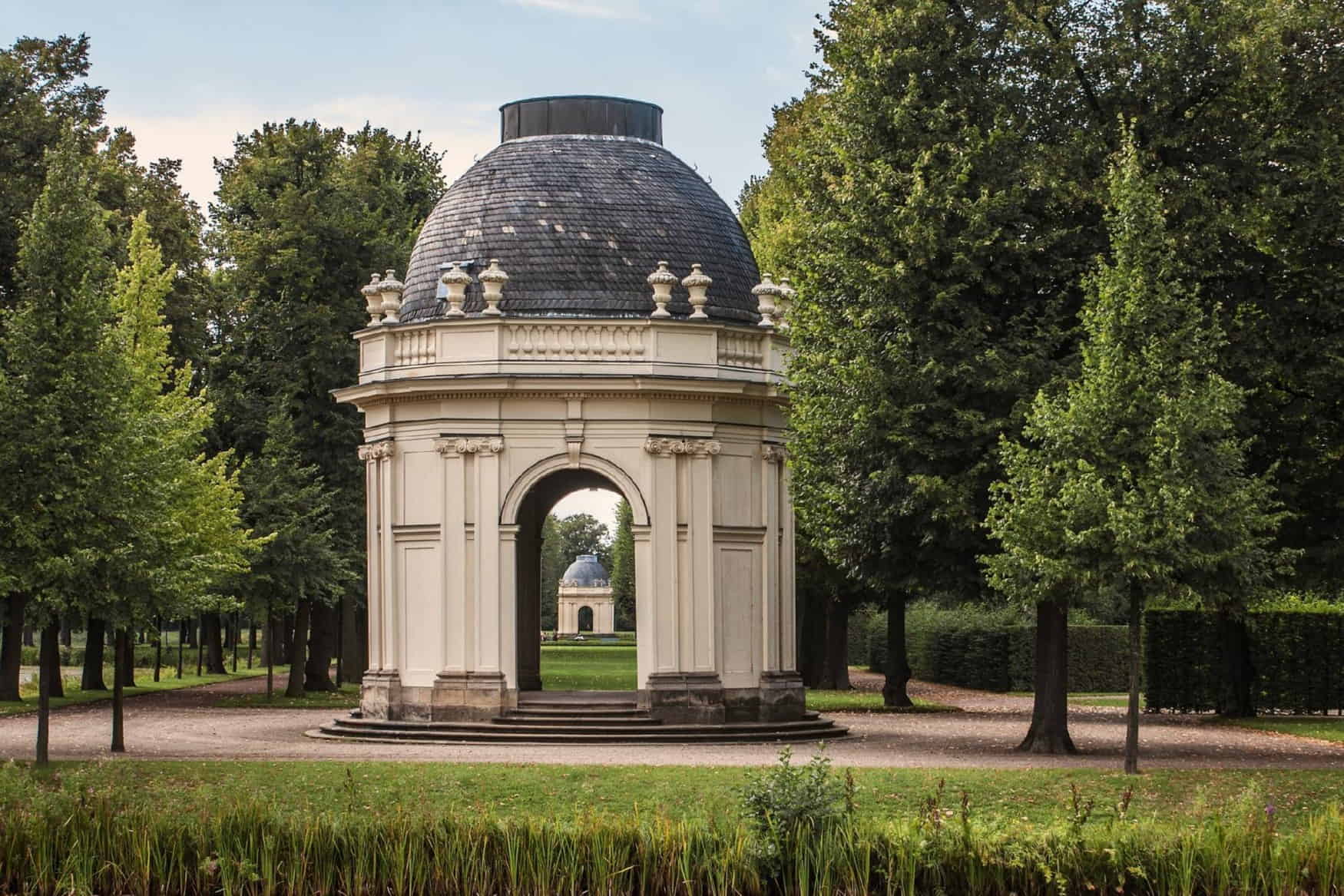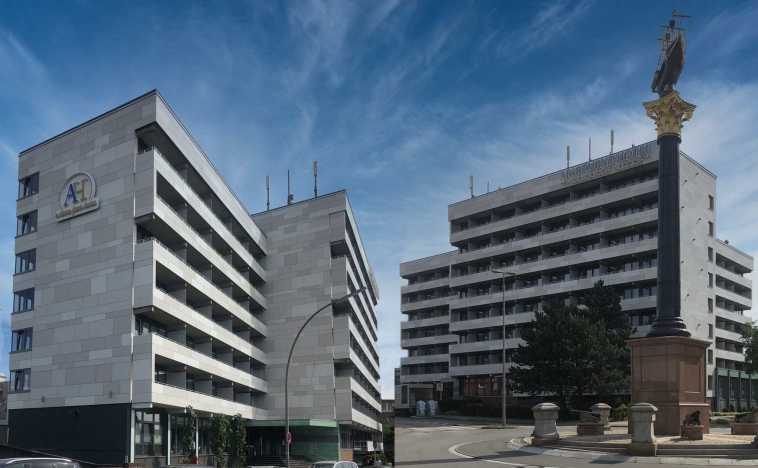The Herrenhausen Gardens in Hanover, Germany, are a stunning example of baroque-style gardens that have captivated visitors for over 300 years. Created in the 17th century by the House of Welf, these gardens are a UNESCO World Heritage site that showcases the beauty of nature combined with the elegance of architecture. With their vibrant colors, intricate designs, and fascinating history, the Herrenhausen Gardens are a must-visit destination for families looking to explore the wonders of the past while creating new memories together.
Highlights
- The Great Garden (Großer Garten): A true masterpiece of baroque design, the Great Garden features a stunning layout with fountains, sculptures, and the impressive Great Fountain.
- Berggarten: This more miniature garden is a botanical treasure trove, home to over 12,000 different plant species, including one of the largest orchid collections in the world.
- Georgengarten: Designed in the English landscape style, this idyllic garden invites visitors to take a stroll through its picturesque scenes of lawns, still pools, and decorative bridges.
Contents
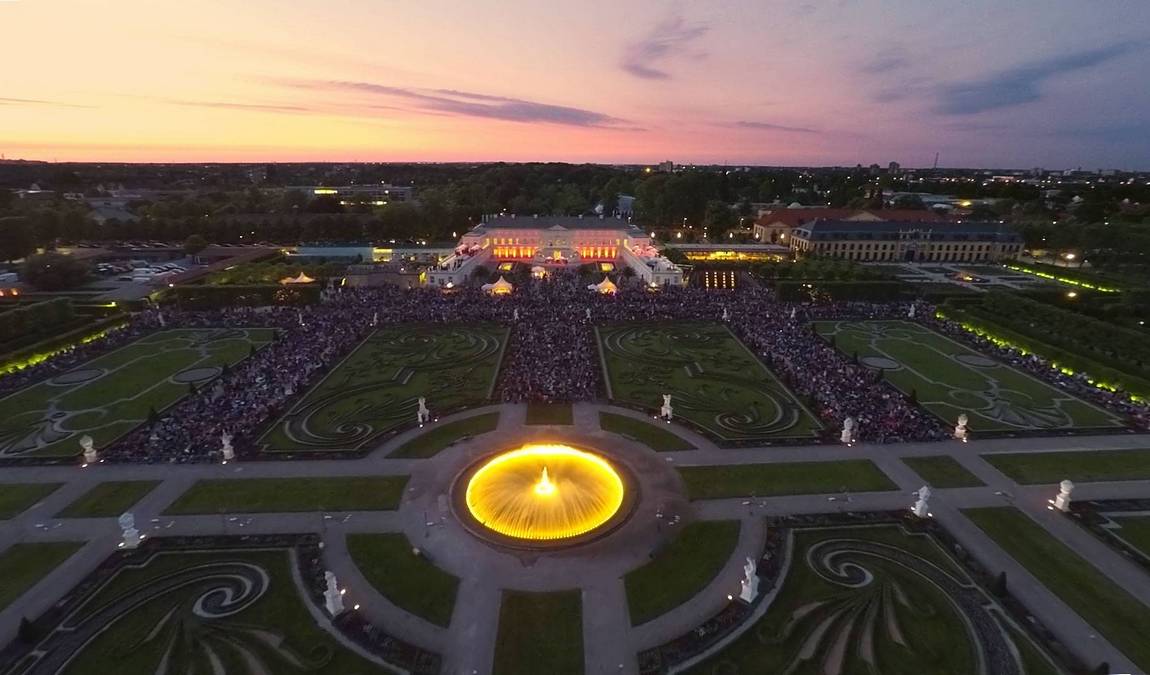 Photo: hannover.de
Photo: hannover.de
Here is Why Your Kids Will Find it Interesting
Herrenhausen Gardens is worth visiting with kids aged 4-12 who are fascinated by history, nature, and art. The gardens offer a perfect blend of educational and entertaining experiences, from learning about the lives of the Electors of Hanover to exploring the colorful grotto designed by Niki de Saint Phalle. Children can also enjoy spotting the resident red squirrels, playing in the open spaces, and discovering the hidden corners of this enchanting garden.
Family-friendly features
- Ample open spaces: The gardens offer plenty of room for children to run, play, and explore, with diverse landscapes to discover.
- Picnic areas: Families can enjoy a leisurely lunch or snack in the gardens, enjoying the many picnic areas and benches scattered throughout.
- Guided tours: The gardens offer guided tours that provide fascinating insights into their history and design, making them an educational and engaging experience for children.
History of the Gardens
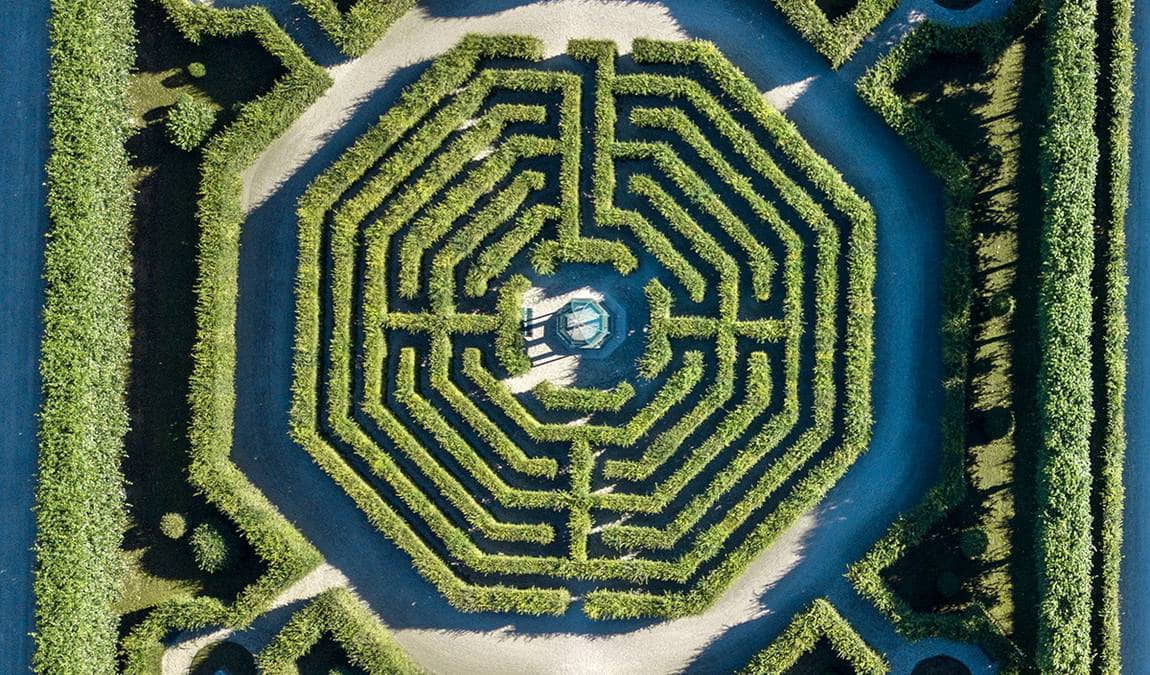 Photo: hannover.de
Photo: hannover.de
The Herrenhausen Gardens' origins date back to 1666, when Duke Johann Friedrich commissioned the creation of a "pleasure garden" south of the modest Herrenhausen Palace. This early garden was the precursor to the magnificent Baroque gardens developed over the next several decades.
In 1676, the first grotto was constructed in the northwest part of the gardens. This historical grotto, which was later redesigned by artist Niki de Saint Phalle in the early 2000s, is one of the oldest features of the gardens.
The gardens took on their modern Baroque form between 1696 and 1714 under the direction of Electress Sophia of Hanover. Sophia, who famously declared "The garden is my life", oversaw the creation of the stunning parterre, fountains, and water features that define the Great Garden (Großer Garten).
Over the next century, successive Electors and Kings of Hanover and Great Britain continued to expand and embellish the gardens. In 1727, King George I added the impressive Grand Fountain, which at 82 meters is the tallest in any European garden. His son, King George II, created the Berggarten in the early 18th century.
The Herrenhausen Palace, which served as the summer residence for the Welf dynasty, was destroyed during World War II. After the war, the palace was reconstructed and now houses a conference center and museum, once again forming the architectural centerpiece of the gardens.
Today, the Herrenhausen Gardens stand as a testament to over 300 years of history, with each era leaving its mark on the design and features of this magnificent Baroque landscape. From the original 17th-century pleasure garden to modern additions like the Niki de Saint Phalle grotto, the gardens continue to evolve while preserving their historic character.
Main Features of the Gardens
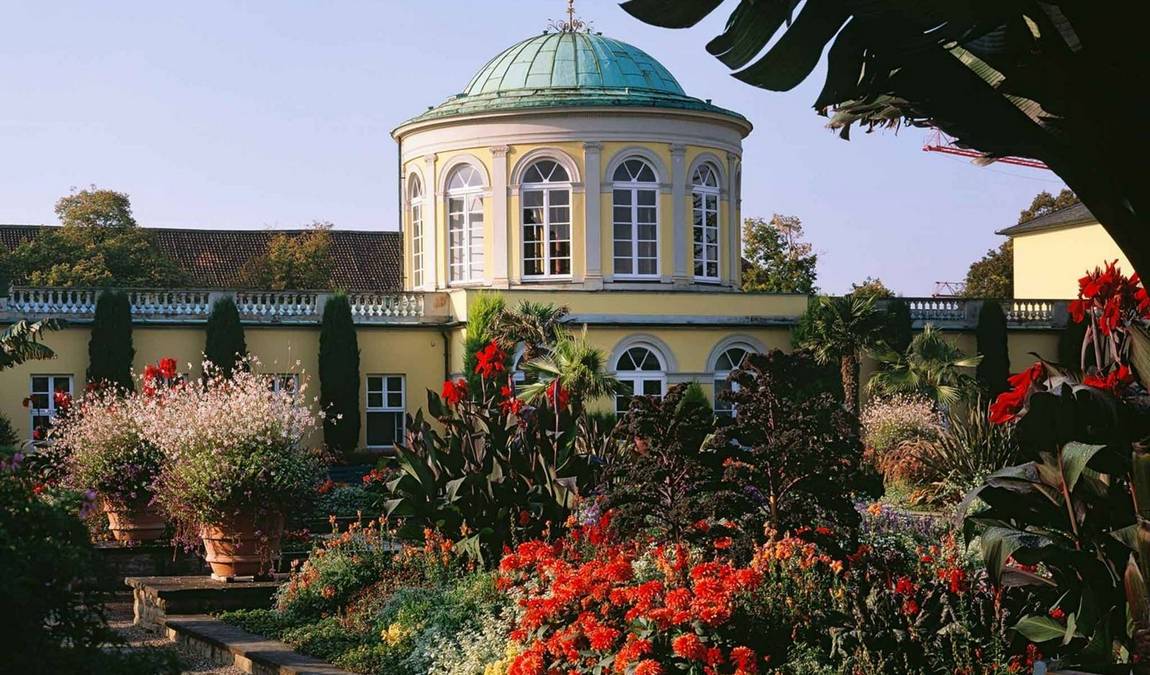 Photo: hannover.de
Photo: hannover.de
- The Great Garden (Großer Garten): This baroque-style garden features a formal layout with a splendid parterre, water features, and the unique grotto Niki de Saint Phalle designed.
- Berggarten: Home to one of Germany's oldest botanical gardens, the Berggarten showcases a wide variety of plants, including up to 800 flowering orchids in its showhouses.
- Georgengarten: Designed in the English landscape style, this garden offers idyllic scenes of lawns, still pools, and decorative bridges, perfect for a peaceful stroll.
- Welfengarten: A smaller garden with a mausoleum, the Welfengarten is a serene space for reflecting and appreciating the gardens' history.
Festivals and Events
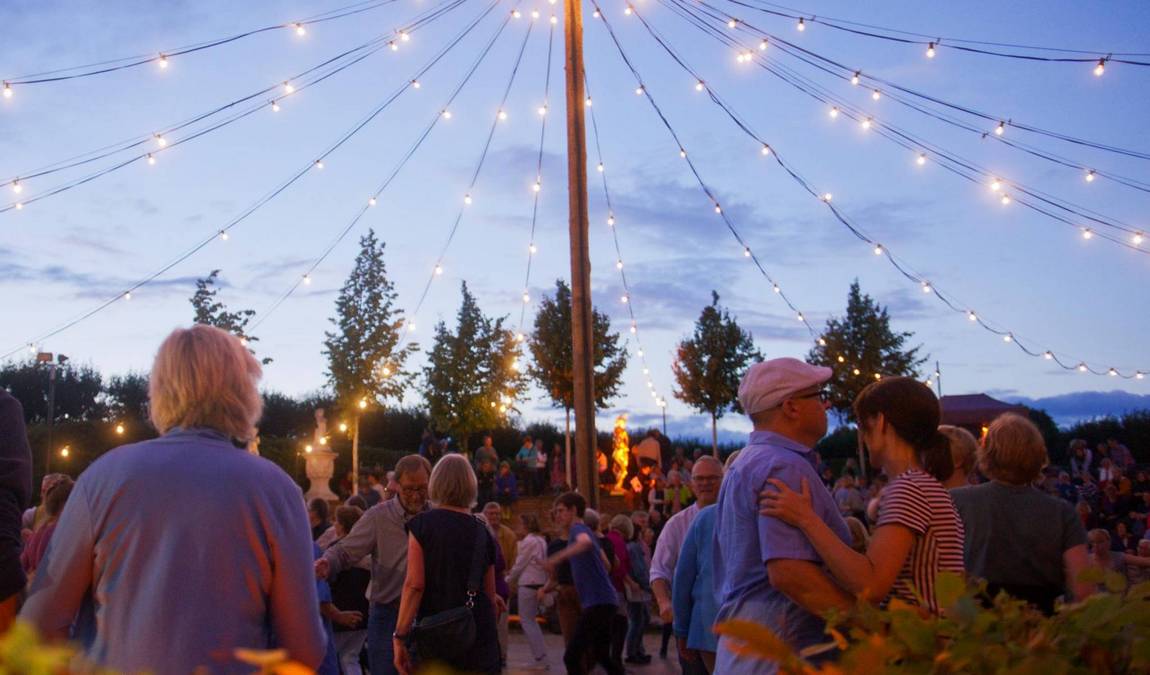 Photo: hannover.de
Photo: hannover.de
Throughout the year, the Herrenhausen Gardens host a variety of festivals and events that showcase their beauty and cultural significance. The Festival of Blossoms in spring and the Festival of Light in summer are particularly popular, attracting thousands of visitors with stunning displays.
Herrenhausen Palace and Castle
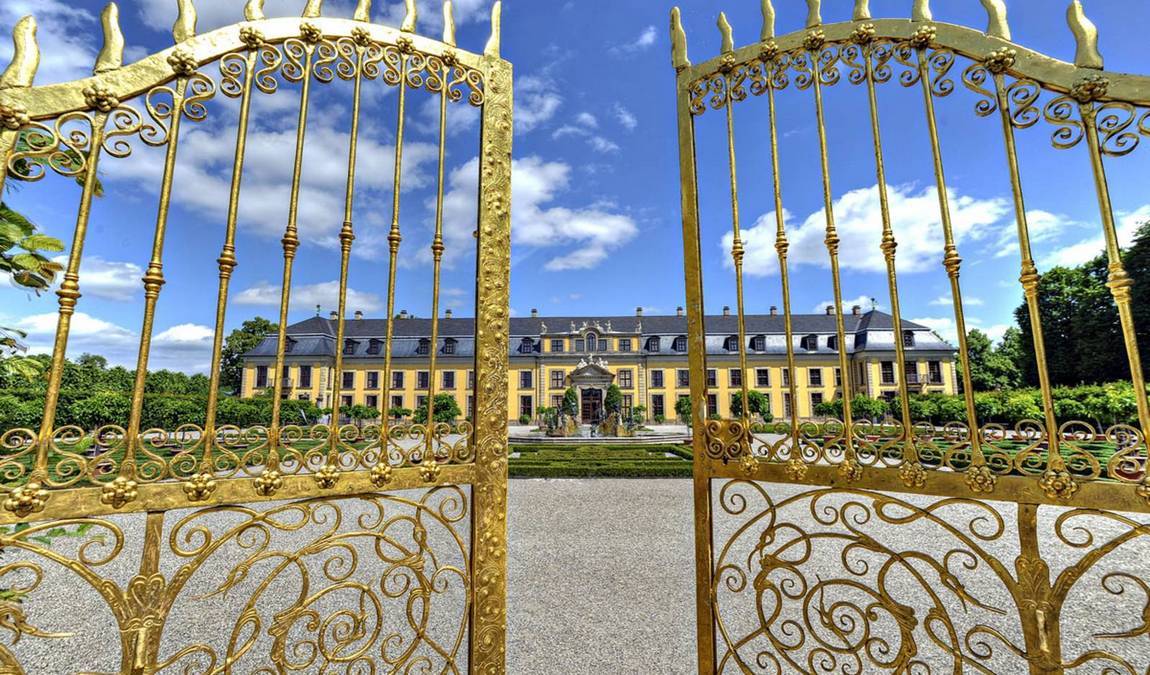 Photo: hannover.de
Photo: hannover.de
The Herrenhausen Palace, once the summer residence of the Welf dynasty, was destroyed during World War II but has since been reconstructed as a conference center and museum. The palace now forms the architectural reference point for the gardens, while the nearby Herrenhausen Castle continues to play a role in the gardens' history.
Best Time to Visit
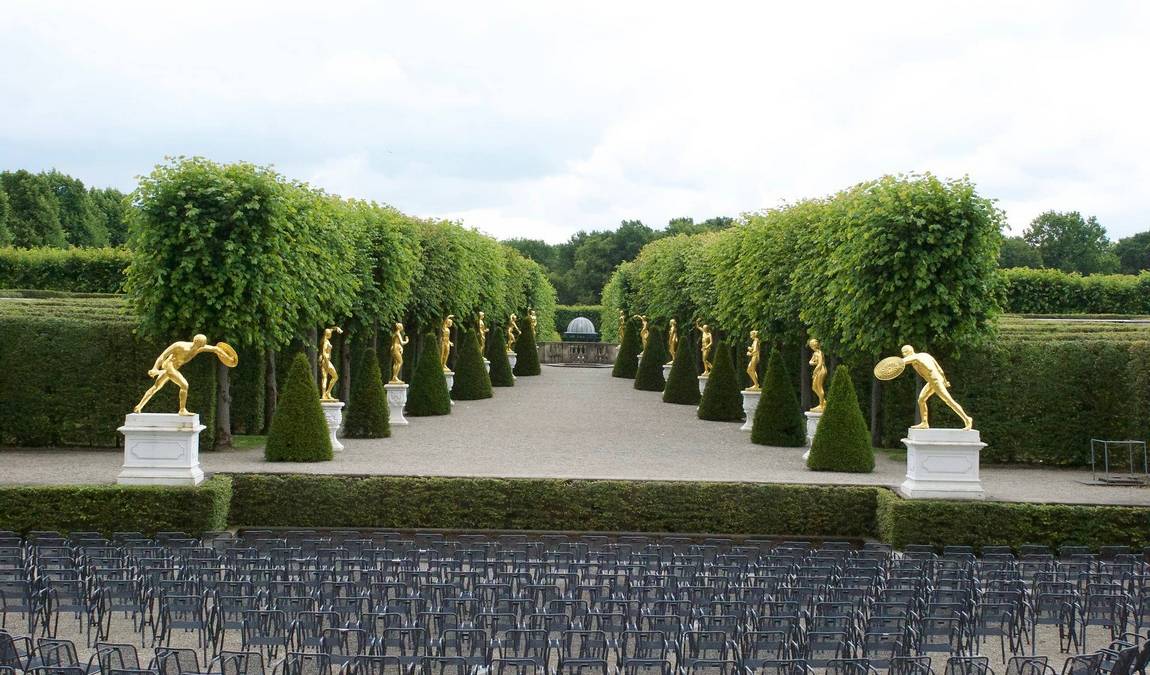 Photo: pixabay.com
Photo: pixabay.com
The best time to visit the Herrenhausen Gardens with children is during the spring and summer, when the weather is mild and the gardens are fully bloomed. The gardens are open daily from 9:00 a.m. to 8:00 p.m. (May-August) and until dusk during the rest of the year.
A recommended duration for a visit is at least half a day, allowing time to explore the various gardens and attend any scheduled events or performances.
Our Resume
The Herrenhausen Gardens are a stunning example of baroque-style gardens that offer a perfect blend of history, nature, and art for families to explore. With their vibrant colors, intricate designs, and fascinating history, these gardens are a must-visit destination for anyone looking to immerse themselves in the beauty of the past while creating new memories together.


